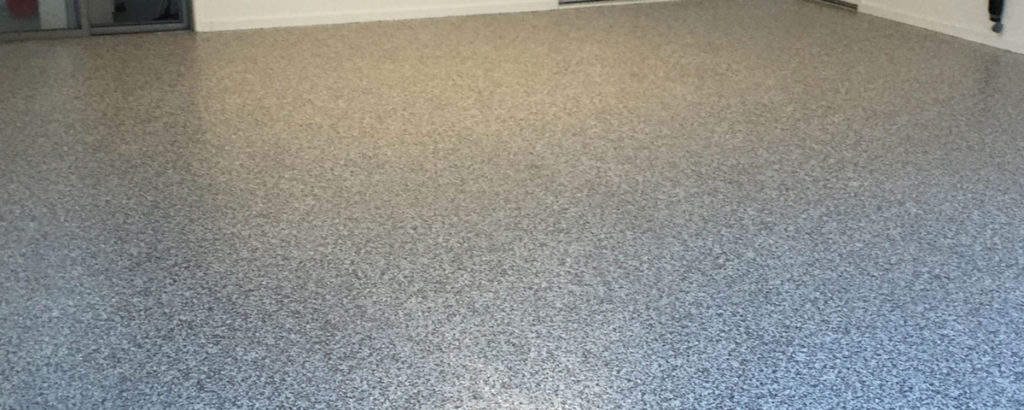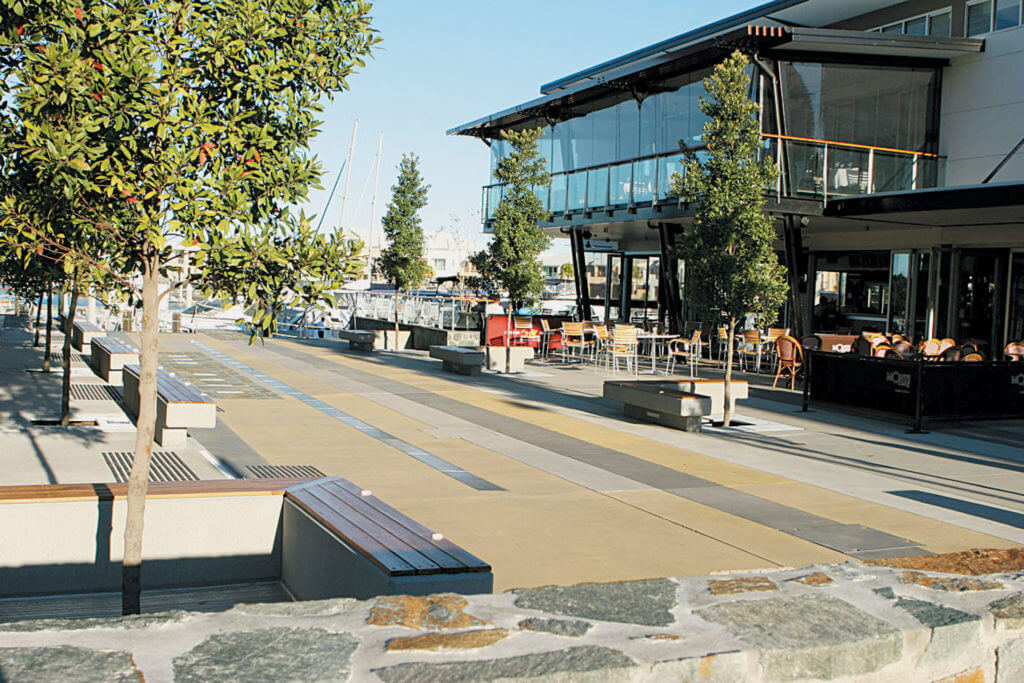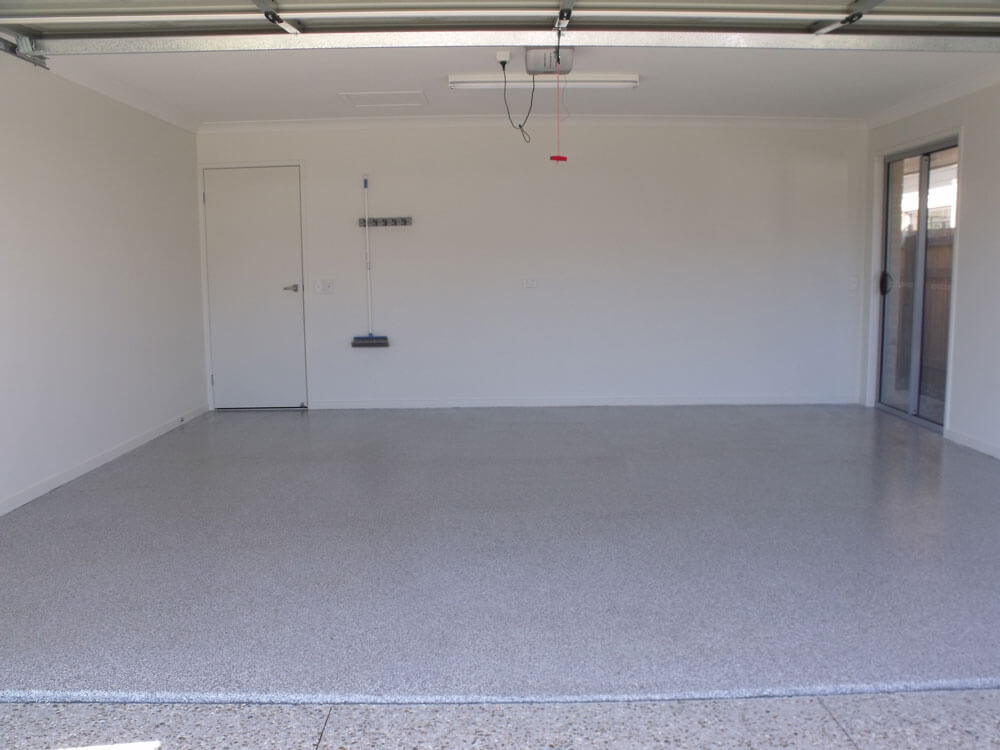Our key considerations for choosing the right Polyurethane product
Using a quality polyurethane topcoat on decorative flooring such as flake and metallic epoxy floors will provide excellent protection and resistance to chemical spills, scratching and yellowing. It will also preserve the gloss finish and make the floor easier to clean and maintain.
But with a market that is flooded with products, how do you know which product will provide you with long-term peace of mind whilst providing all-round economy? Below is information on some key considerations which include the quality of surface protection, labour and coating costs.
Quality of surface protection
Firstly, let’s look at the solid’s component. There are two measurements relating to coatings, one being wet film thickness (WFT) and the other, dry film thickness (DFT). Measurements are taken when the coating is still wet and again after the coating has dried. The WFT is always greater than the DFT as a proportion of the coating is lost during the curing process, reducing the thickness of the coating.
The percent of solids remaining on the floor after the coating has dried is referred to as the DFT. This percentage of solids or coating thickness is the layer of protection. The higher the DFT, the higher the level of surface protection. As a guide, most good flooring polyurethanes having solids of 40-100%.
For example, when using a product with a DFT of 45% on a floor, two coats will be required to provide adequate surface protection as opposed to a product with a DFT of 100% where only one coat is required.
Coating and labour costs
Now let’s look at the costs and go through an example.
Generally, the cost of a 100% solids Polyurethane floor coating is twice the price of a 45% solids product. However, when using the 100% product only a single coat is required due to the high DFT.
If the average coverage of both products is 7m²/litre, a 36m² double garage would need 5 litres of the 100% product (single coat) and 10 litres of the 45% product (two coats). If the cost of the 100% product is $40 per litre and the cost of the 45% product is $20 per litre then the total cost is $200 each, so there is no difference in product costs.
How about labour cost? The 100% product takes 60 minutes to apply (single coat) and the 45% product also takes 60 minutes to apply.
If using the 100% product the job is now complete, however by using the 45% product a second coat will need to be applied. This means:
- Waiting for the first coat to dry enough (4-8 hours) before applying the second coat
- Leaving the site and returning later, probably the next day, to apply the second coat
- Unloading the required product and equipment from the vehicle for the job
- Measure and mix another batch of polyurethane for the second coat
- Using another new roller or two and paintbrush equipment
- After completing the second coat, cleaning up again
- Loading the equipment and leftover product back into the vehicle
- Driving to the next job, wherever that may be
Factoring in all the above, what is the real cost of applying a second coat? Potentially $200, $300, $400 or more?
CCS FlakeKote 100S
Using a 100% Polyurethane such as CCS FlakeKote 100S is a smart business choice that guarantees you will spend far less time on the job, be more efficient, get paid sooner and get onto the next job quicker. On top of that, a 100% solids product has additional benefits such as low odour, low to no VOCs and it is fast curing.
If you would like more information on the benefits of using CCS FlakeKote 100S please contact us.








